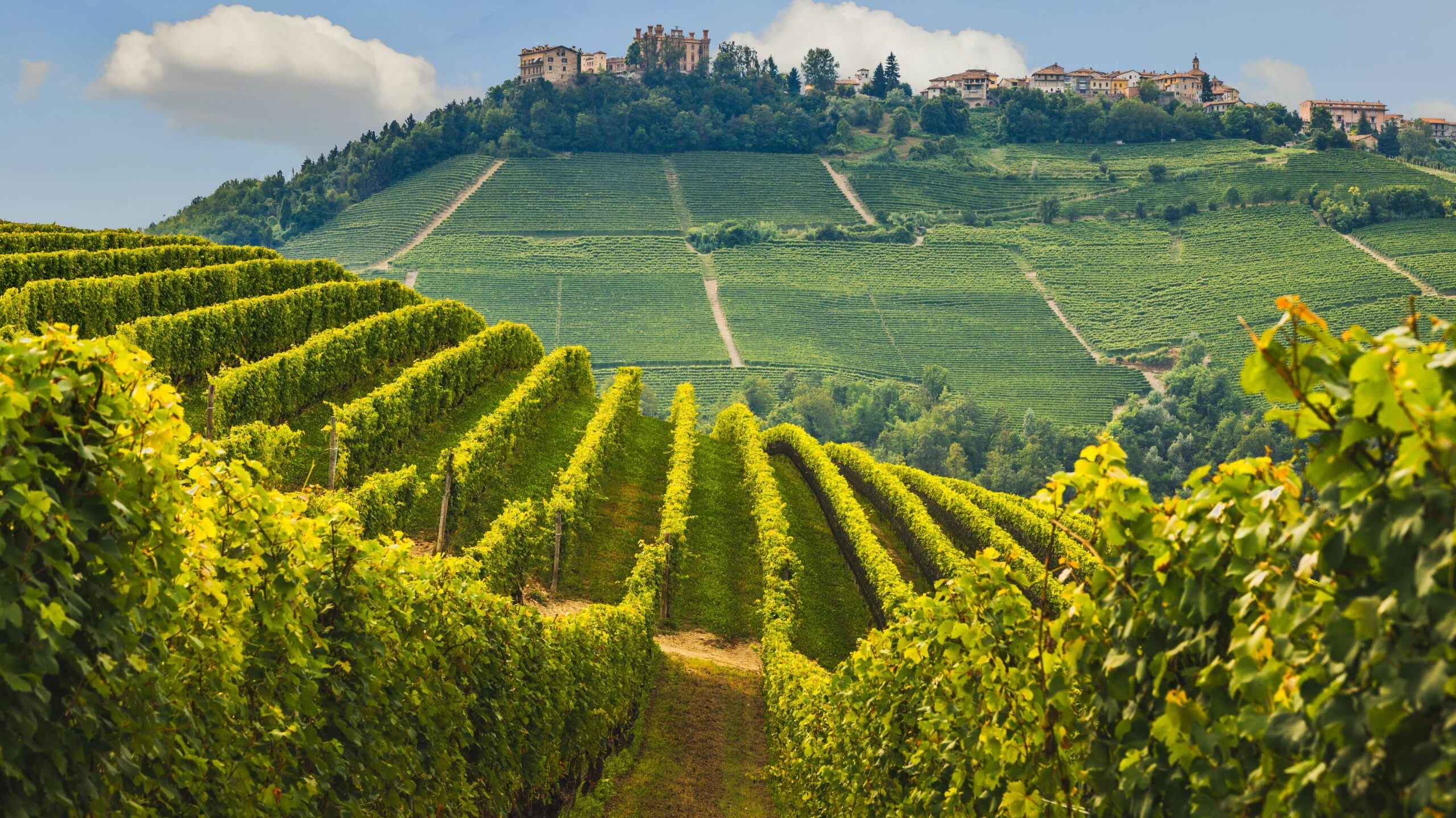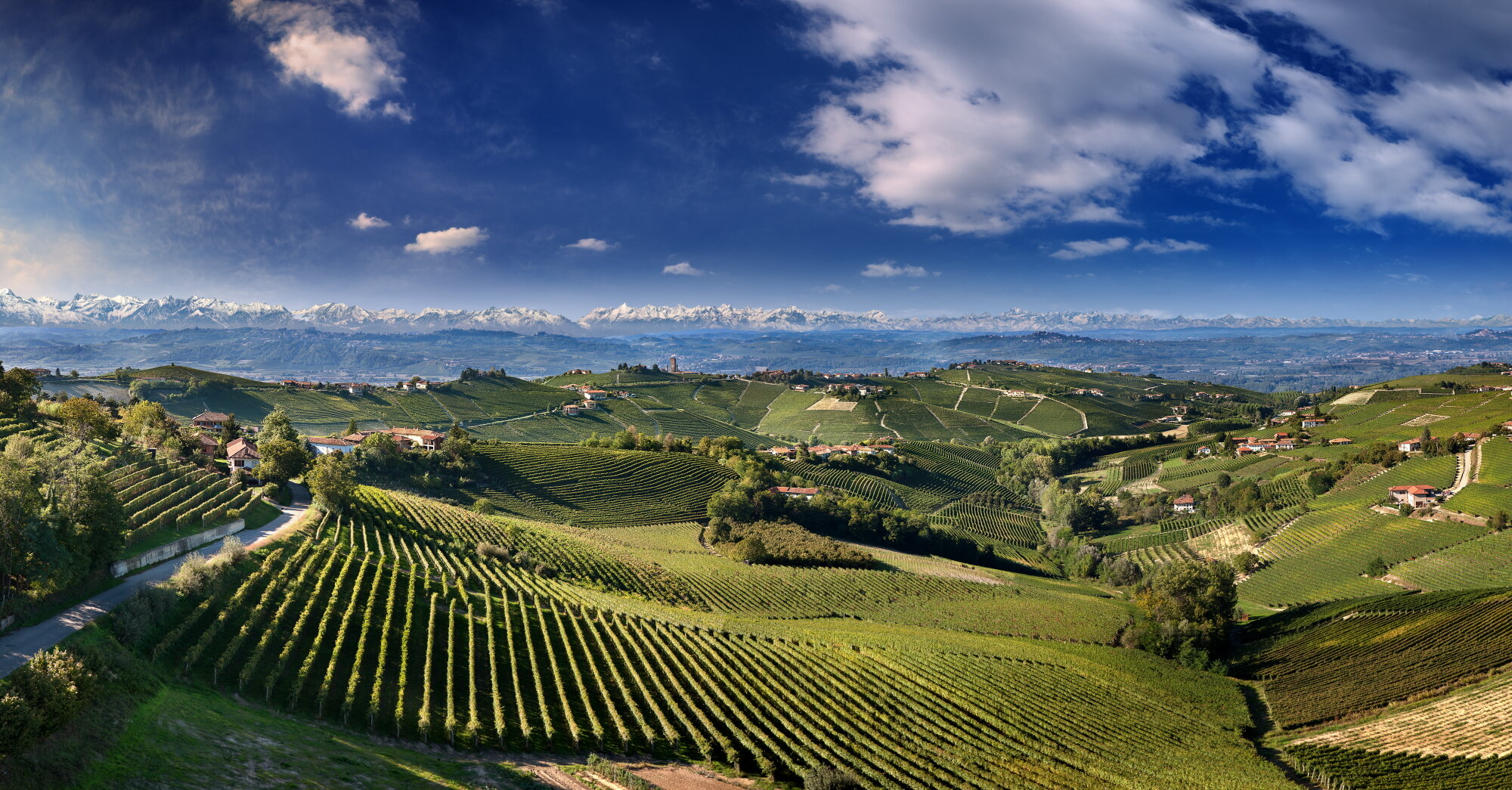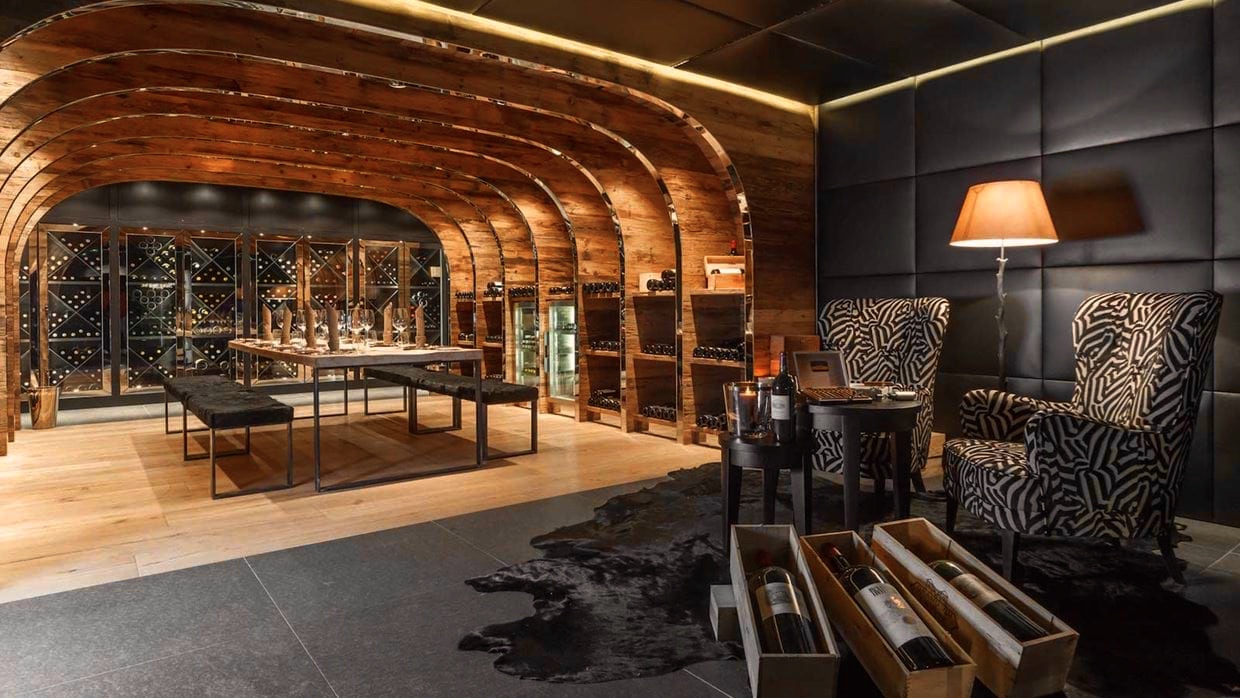Collecting wine is an art that develops with time, reflecting personal tastes and telling a story. Knowing which bottles to include in a wine collection and how to choose them can transform into a passion that spans decades.
WHY CREATE A WINE COLLECTION AT HOME
Do you love wine? Do you see the potential for the magic behind a label? Does making that perfect wine and food pairing give you goosebumps? Or perhaps you’re looking to make wine an investment, or maybe you simply like letting your guests savor a magnificent bottle when they visit.
There are so many good reasons to begin collecting wine. Whether you do it as an investment or out of pure interest, this is a passion that reflects you, your tastes, your home. A well-sourced wine cellar can be as individual as you are and adorn your home like works of art.
WHAT CHARACTERISTICS HELP A WINE TO AGE WELL
Not all wines are meant to be aged and stored. Plenty of worthy labels are best enjoyed young, depending on their grape varietal and style. But, if you’re on the hunt for wines that have aging potential, look for those that have a firm structure of tannin or acid and sufficient levels of flavor concentration. Generally, tannins will soften and the wine’s primary aromas and flavors will mellow out giving way to tertiary characteristics. In white wines, higher sweetness levels can also contribute to a wine’s age-ability by acting as a sort of preservative.
HOW WINES DEVELOP IN BOTTLE
Over time, reds and whites will develop tertiary characteristics in the bottle. Reds often pick up flavors of leather, earth, mushroom, tobacco, wet leaves, forest floor, meat, or game. While whites tend to gather notes of petrol, cinnamon, ginger, nutmeg, honey, toast, mushroom, nuts, or hay.
CHOOSING BOTTLES FOR YOUR WINE COLLECTION
The wines you choose need to, above all, reflect what you like. Consider the styles of wine that appeal the most, wineries you have a particular affinity for, regions that catch your interest, or even personal memories that make a particular area or winery special to you.
If you like a certain grape variety, it can be fun to build a wine collection of bottles made by wineries in different parts of the world to experience how differences in terroir and local winemaking customs can impact the final product.
Consider making horizontal tastings by creating wine collections from a particular region but made by different wineries in the same year to discover variations between one vineyard and the next.
Or, pay attention to vintages and create verticals by buying different vintages of the same wine.
That said, Old World European wines are known for their excellent aging potential. The result of an art perfected over centuries, many of these wineries are among the most famous in the world and receive consistently high rankings. Their extraordinary reputations precede them and the prices of their bottles reflect this.
COLLECTING ITALIAN WINES
Italian wines are some of the most well-known in the world. Many of these prestigious labels have amazing aging potential and keeping a list of wines from the Belle Paese is a must for any well-stocked wine collection.
But, opening a discussion of Italian wines to add to a wine collection is a vast subject. In a country that has over 20 wine regions, more than 20,000 winemakers, and well over 400 appellations within its DOC and DOCG, there is no shortage of wines to fall in love with and invest in.
Italy has 590 classified grape varieties, most of which are not found outside of the country, so getting to know Italian wines can truly become a life-long passion.
Here, impeccable quality wines are produced under strict appellation laws, and the combination of these unique factors translates into a variety of wines that have great structure and aging ability, and are highly sought after by those collecting Italian wines. Some can even last for 70 years in bottle.
Piemonte
The Nebbiolo grape creates powerful wines that are known for aging gracefully. They are perhaps best known for the single varietal Barolo and Barbaresco wines, both of which are wonderful for a wine collection.
Barolo DOCG is highly tannic and acidic with an average abv of about 14.5%. There are 11 communes in this region, including: Castiglione Falletto, La Morra, Monforte d’Alba, and Serralunga d’Alba.
Barbaresco DOCG, which comprises a slightly smaller region, is also quite powerful. However, it has slightly higher acid levels and a character that is a little more subdued.
Tuscany
This is the home of the precious Sangiovese grape variety, responsible for two outstanding wines – Brunello di Montalcino and Chianti Classico.
Chianti Classico DOCG can be 100% Sangiovese or may be blended with other local varieties, like Canaiolo or Colringo, or international varieties including Cabernet Sauvignon, Merlot, or even Syrah. Classico on the label indicates wines from the historic cluster of vineyards in the hills known for making wines that hold up over time. Riserva from Chianti is held in the cellar for at least 24 months before they are allowed to be sold. Gran Selezione wines are made from the grapes of a single estate. They have a slightly more elevated alcohol level and a minimum age requirement of 30 months before release.
Brunello di Montalcino DOCG, located in southern Tuscany, is warmer and dryer than the region of Chianti. Brunello, a clone of Sangiovese, produces some of the world’s most sought-after wines. They have amazing aromas and big structure. Wine laws prohibit blending and call for the wines to be held for five years before release. Riserva wines, which are particularly full-bodied with good acidity, must wait six years before going to market.
Abruzzo
Montepulciano di Abruzzo DOC and Montepulciano d’Abruzzo Colline Teramane DOCG is a medium-bodied, dark hued wine with bright fruit flavors and at times hints of vanilla or cinnamon. It has smooth tannins and good natural acidity. Often produced as a single varietal, it can on occasion be found blended with other varieties.
Campania and Basilicata
Here, you’ll find one of the most powerful and tannic wines in the world, Aglianico. This prestigious variety has a deep color and develops slowly with age. The most exceptional regions are Taurasi DOCG in Campania and Aglianico del Vulture DOC in Basilicata, where the vineyards grow in the mountains at altitudes of about 900 meters.
Umbria
Sagrantino di Montefalco DOCG is a prestigious red wine from this central region of the country. This thick-skinned grape variety that is indigenous to the area is particularly tannic and full-bodied. It is built for aging with its rich polyphenols, often developing notes of chocolate-covered cherries as it ages.
DECIDING WHERE TO BUY FROM
There are several options for deciding where to buy your wines from. There are auction houses and private sellers or brokers. Of course, a well-informed and well-sourced local wine shop can also provide you with a lot of guidance along the way to building your wine collection. Once you find what you like, ordering directly from the winery can also be a good option.
Yet, the most memorable way to buy is probably by taking a tour. Wine tourism makes for an amazing vacation or even a weekend getaway. Many wineries offer tours of their vineyards and cellars, where you can get to know the winemaker, their winemaking choices, the land, local customs, and experience carefully executed tastings that can help you discover and connect with a wine.
HOW MUCH TO BUY FOR YOUR WINE COLLECTION
When it comes to deciding how much wine to buy, that is up to how much you want to spend, your wine storage space, and how often you intend to open these bottles or not. However, buying three of each bottle will allow you to open them at different stages in their aging and get an understanding of how the wine is developing over time.
IF YOU ARE MAKING YOUR COLLECTION A WINE INVESTMENT
Today’s global wine market is on the rise, with an estimated yearly growth of 4.28% for the next five years. So, whether you’re considering a wine investment for passion or a return, this can make for a rather stable choice since it is a luxury item that is less affected by fluctuations in the economy.
Just keep in mind that some countries, such as the US, impose a federal collectible gains tax on the sale of luxury wines. And remember, a wine’s value doesn’t increase forever. It is generally thought of as a wasting asset because after a certain point both its quality and value will begin to decline.
HOW TO STORE YOUR WINE COLLECTION
When it comes to maintaining your wine collection, remember that incorrect wine storage can lead to faults. The temperature should stay cool and consistent, remaining between about 10°C-15°C (50°F-59°F). Keep the wines away from strong sources of either natural or artificial light and away from any vibrations as well. All corked wines must be stored on their sides to ensure that the cork remains in contact with the wine.
A dedicated wine refrigerator will provide your wines with an ideal wine storage space. Look for a sufficient bottle capacity, multiple temperature zones depending on the wines you will have, thermoelectric or compressor cooling, vibration reduction, LED lighting, triple-pane glass that is UV protected, humidity control, temperature control, well-insulated doors, and child locks if this is an issue for you.
TAKING NOTES
Also, consider keeping an inventory of your wine collection. A beautiful collector’s book is something that will not only remind you of what you have on hand but is also a keepsake of your passion and tastes. Jot down the wines, their wineries, vintages, varietals, where they were purchased from, their price, and tasting notes.
By Liana Bicchieri
















